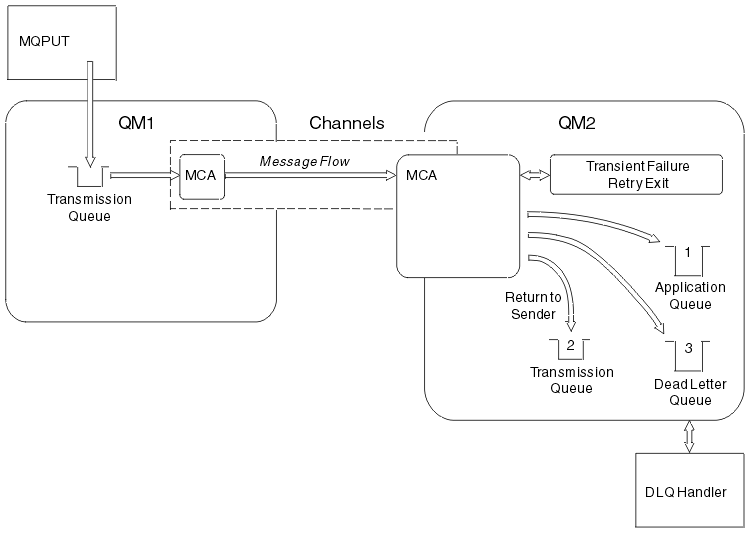
Figure 31 shows the processing that occurs when an MCA is unable to put a message to the destination queue. (Note that the options shown do not apply on all platforms.)
Figure 31. What happens when a message cannot be delivered
 |
As shown in the figure, the MCA can do several things with a message that it cannot deliver. The action taken is determined by options specified when the channel is defined and on the MQPUT report options for the message.
Message-retry is not available on WebSphere MQ for z/OS, or MQSeries for VSE/ESA.
To enable this, you need to specify the following options in the message descriptor when you put the message to the original queue:
If the MCA is unable to put the message to the destination queue, it generates an exception report containing the original message, and puts it on a transmission queue to be sent to the reply-to queue specified in the original message. (If the reply-to queue is on the same queue manager as the MCA, the message is put directly to that queue, not to a transmission queue.)
Return-to-sender is not available on MQSeries for VSE/ESA.
If the dead-letter queue is not available, the sending MCA leaves the message on the transmission queue, and the channel stops. On a fast channel, nonpersistent messages that cannot be written to a dead-letter queue are lost.
On WebSphere MQ Version 5 products, if no local dead-letter queue is defined, the remote queue is not available or defined, and there is no remote dead-letter queue, the channel stops abnormally, and messages are not rolled back to the sending transmission queue. You must resolve the channel using the COMMIT or BACKOUT functions.